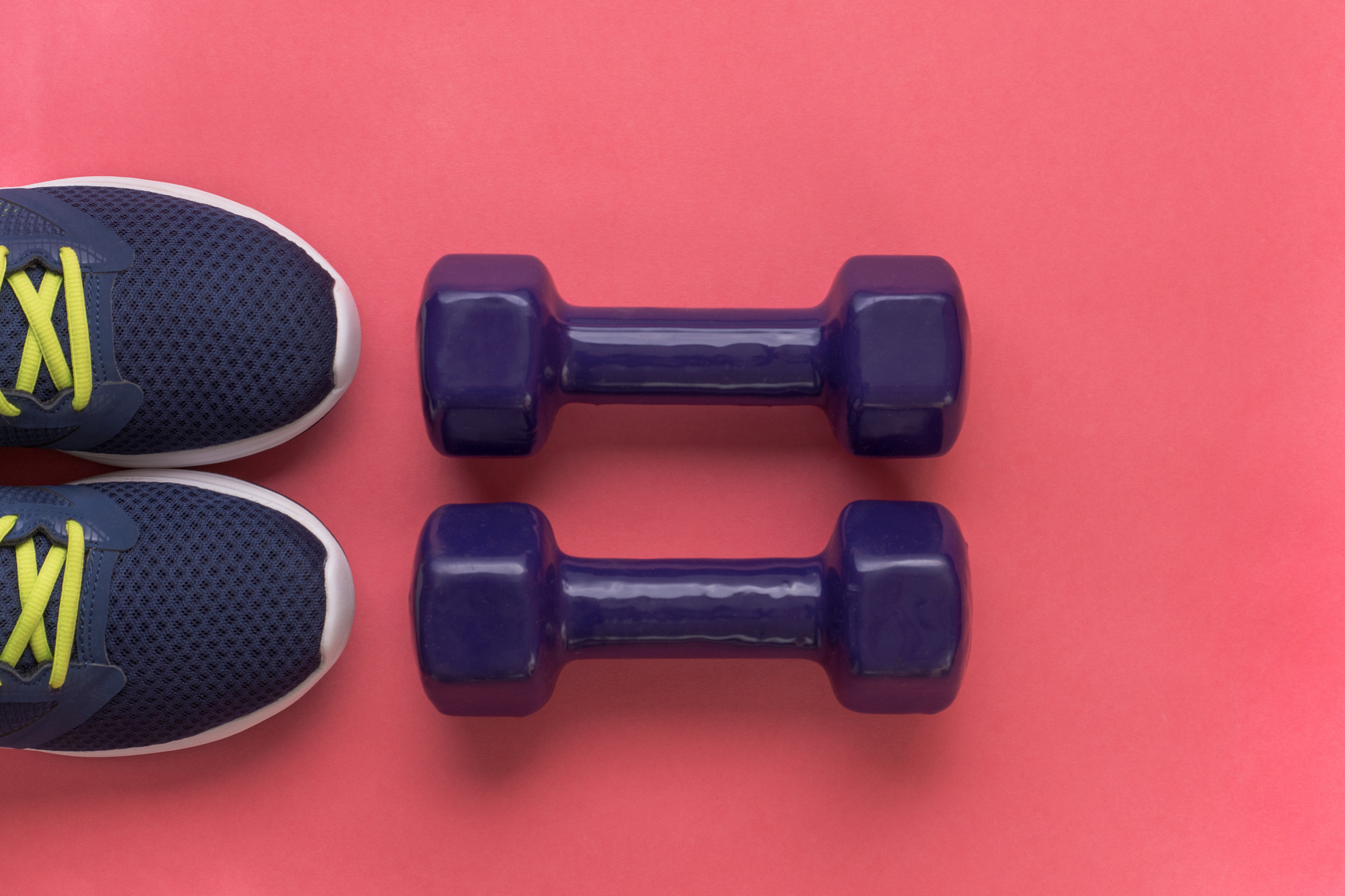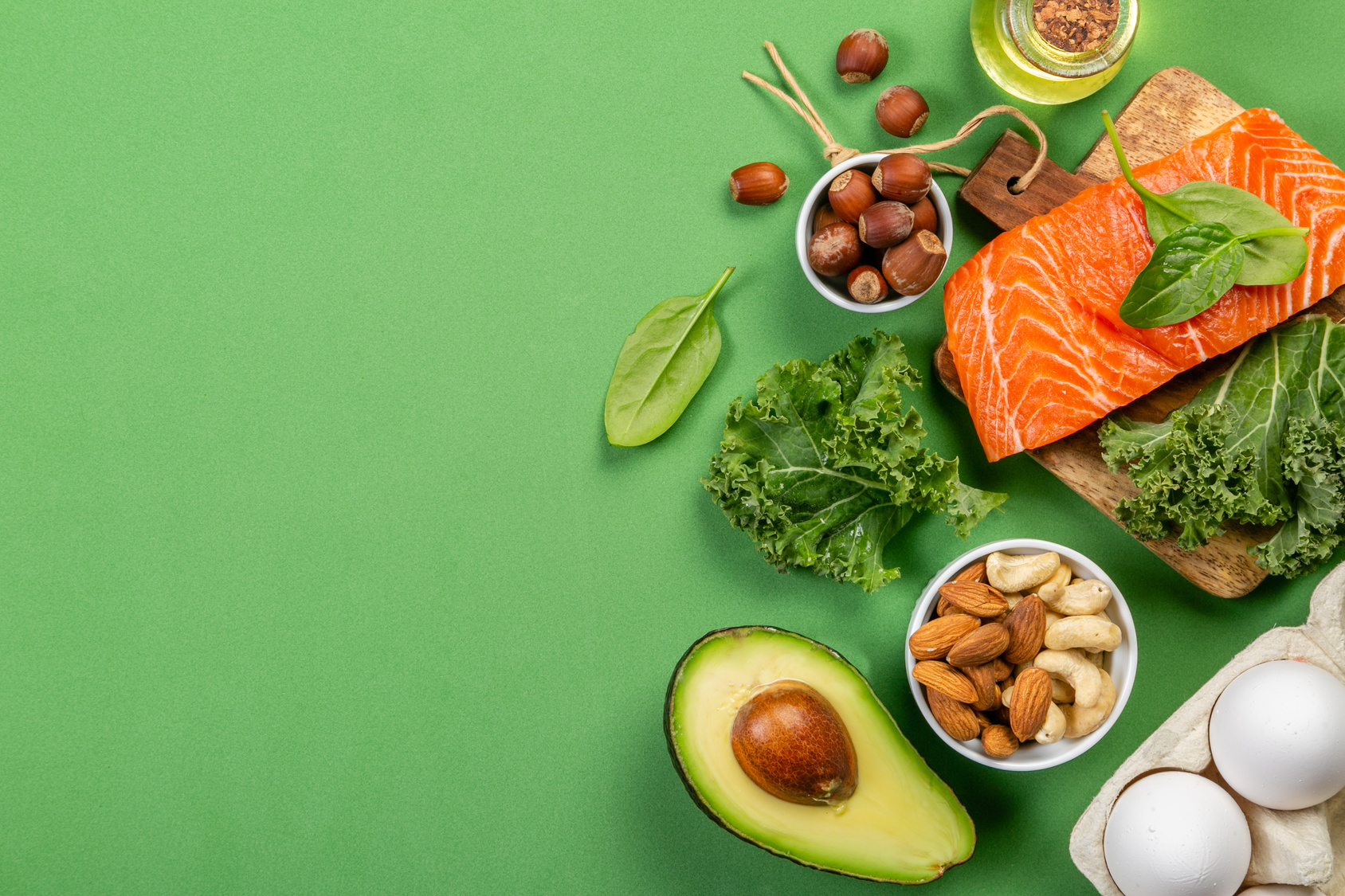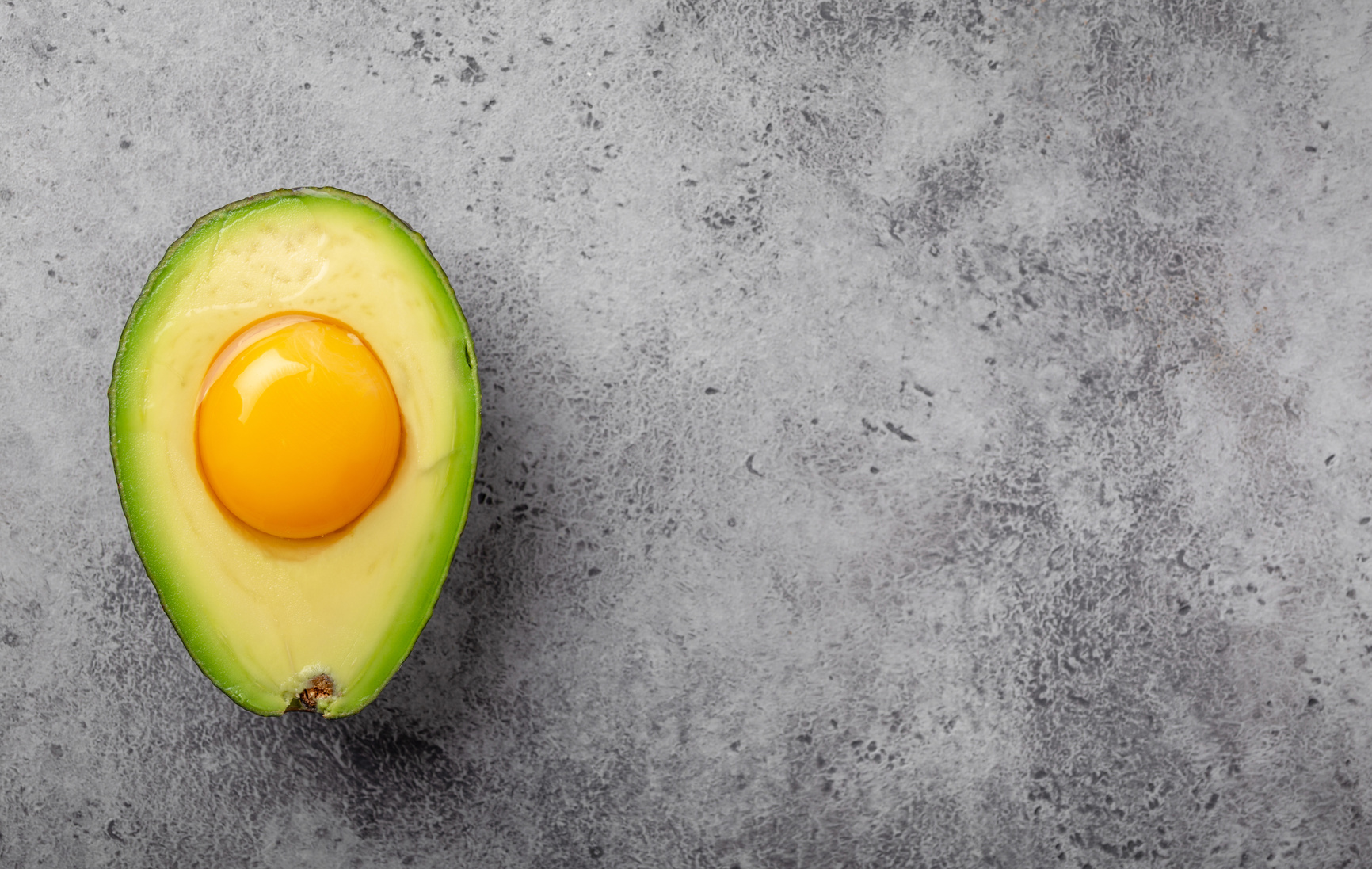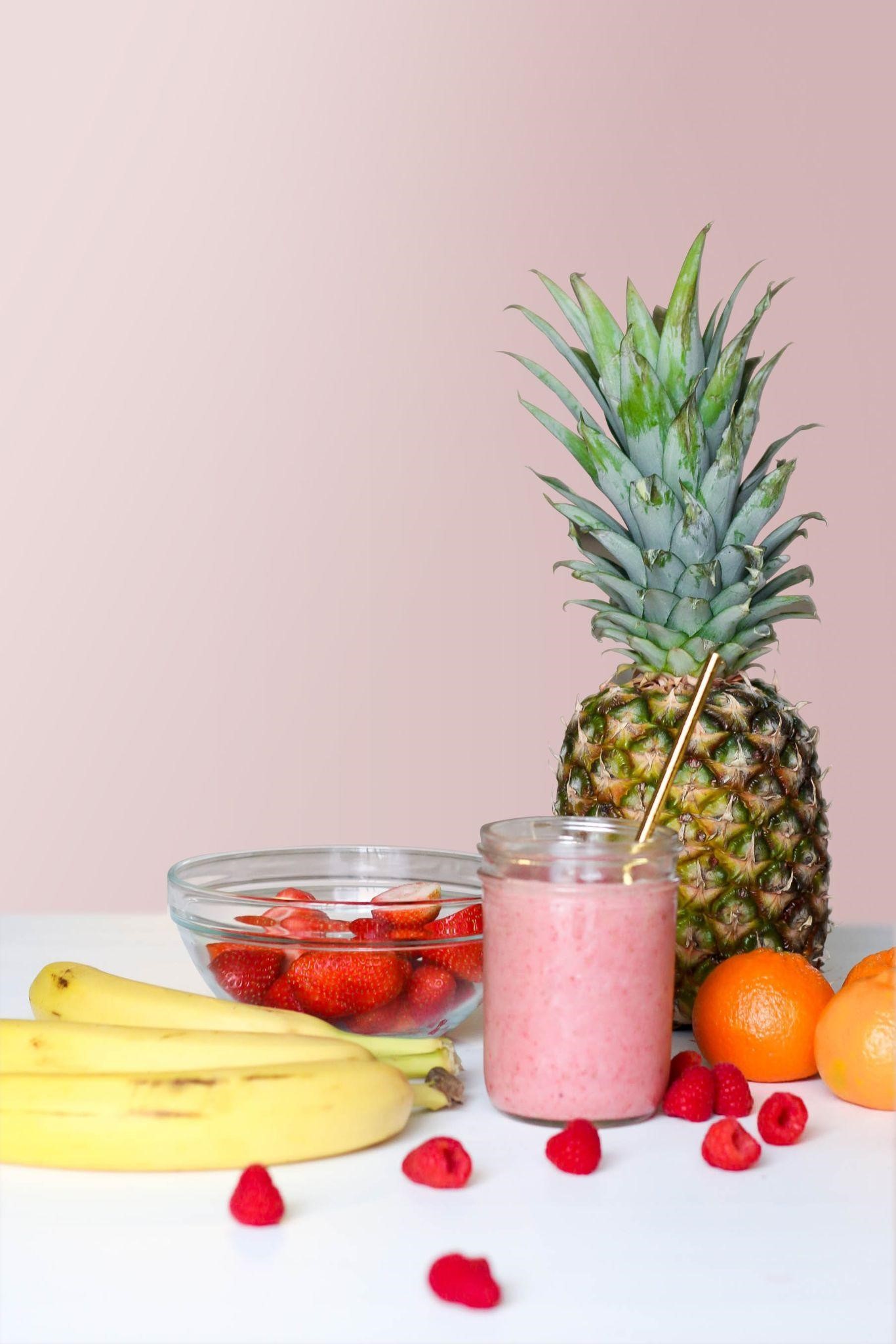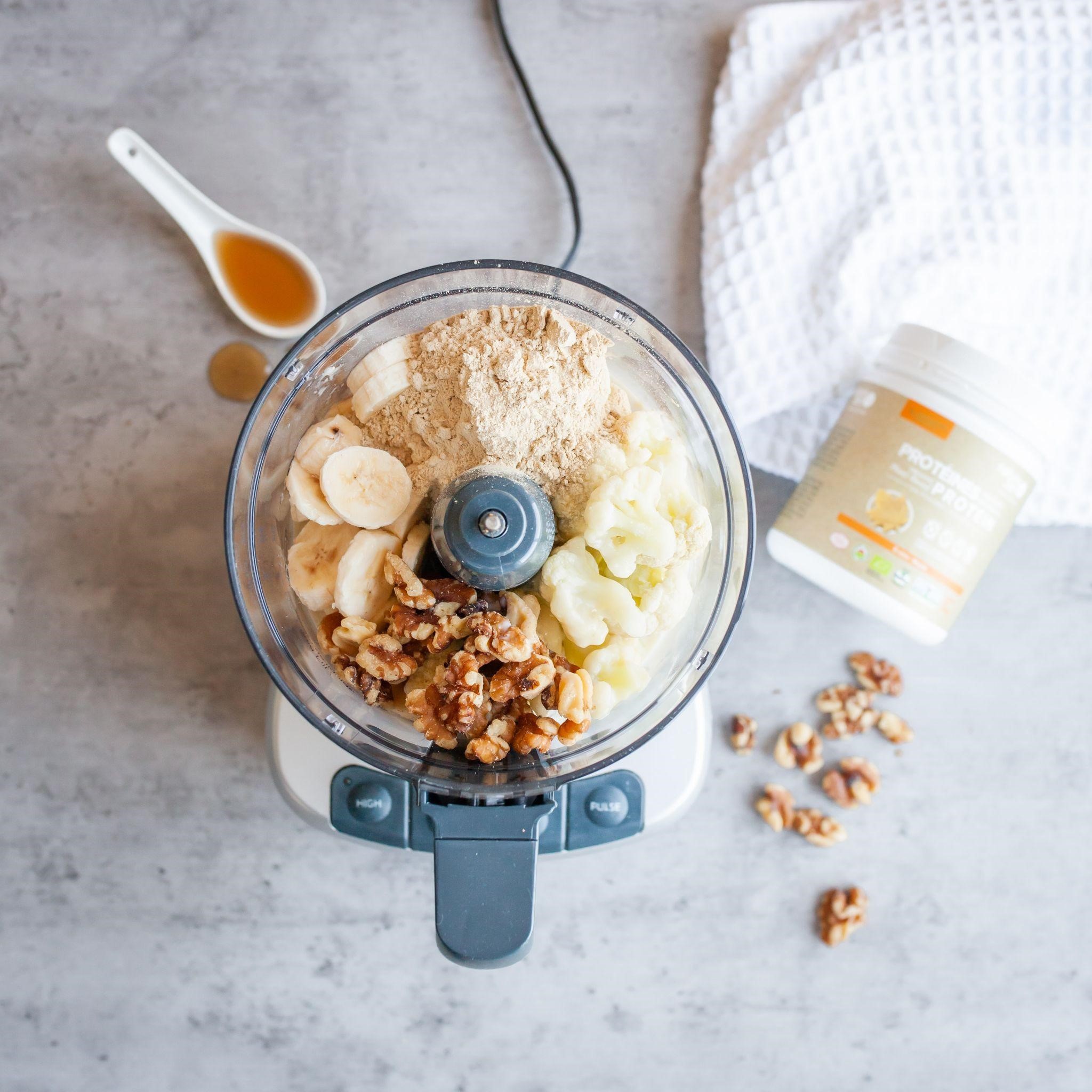Whether you’re lacing up for a weight loss journey, gearing up for that exhilarating 5K finish line, or setting your eyes on smashing that sub-3 hour marathon dream, one thing’s clear – your fuel needs are unique.
Now, we all know carbs are our trusty sidekicks, but let’s talk about the unsung hero: protein.
Not just for bodybuilders, this powerhouse macronutrient is doing some heavy lifting in the background—repairing tissues, boosting immunity, preventing injuries, and even aiding recovery. Wondering about the perfect protein dose to keep you sprinting? Don’t sweat it; it’s simpler than it sounds.
Dive in as I unveil the protein secrets tailored for runners like us and guide you on maximizing this nutrient’s potential.
Ready to get the lowdown? On your mark, get set, READ!
What is Protein?
Have you ever paused to wonder what fuels our muscles, giving them that oomph during a rigorous run or an exhaustive workout? It’s a buzzword we often hear – protein. But what’s the real story behind it?
Imagine protein as the unsung hero behind the scenes, tirelessly stitching together the muscles we sometimes punish on the tracks or during a gym session. Comprising amino acids – the Lego blocks of muscle tissue – protein is more than just a supplement that bodybuilders rave about.
Did you know that a fascinating study published in the Journal of Applied Physiology found that, right after an intense workout, our muscles undergo micro-tears? It sounds scary, but it’s the protein that rushes in, like a first responder, aiding in muscle repair and recovery.
But wait, there’s more! Dive deeper into research, and you’ll find an intriguing revelation: our body can turn to protein as an energy reserve. In fact, when we’re out there, pushing our limits during endurance training, protein can contribute up to 10% of the energy we use. Yep, this means that when the carbs run out, protein’s got our back.
Essential Vs. Non-essential Amino Acids
Not all proteins are created equal, and here’s why: within the vast protein family, there are 22 types of amino acids, each playing a unique role. However, when it comes to what our bodies truly need, only nine of these amino acids are considered essential.
Essential amino acids are like the VIPs of the protein world. Our bodies can’t whip them up on their own, so we have to get them through our diets. Names like isoleucine, lysine, and tryptophan might not roll off the tongue, but they’re essential for our body’s optimal performance, especially for runners.
So, if you’re lacing up your running shoes and aiming for peak performance, ensuring that you’re not just getting protein but the right kind of protein with these essential amino acids is crucial.
Lucky for you, there’s a smorgasbord of protein-rich foods that can cater to your needs.
Think lean meats, fish, eggs, beans, and nuts—they’ve got you covered. And if you’re looking for that extra edge, whey protein supplements have been known to be your sidekick in the journey, aiding in muscle recovery and growth.
Additional resource – What to eat after a night run
The Complete Vs. The Incomplete
Let’s talk about the great protein puzzle – it’s like assembling a jigsaw where the essential amino acids are the missing pieces. Without them, your body’s puzzle remains incomplete, and the masterpiece of muscle repair and growth can’t be realized.
The Complete
Complete proteins are the superheroes that possess all nine essential amino acids your body craves. They’re like a well-orchestrated team, ready for action when it’s time to build and repair muscle tissue through protein synthesis.
You’ll find these powerhouses primarily in animal products like poultry, meat, eggs, and fish. They’re packed with all the vital amino acids your body shouts for, and they don’t hold back.
The Incomplete
Incomplete proteins are like the sidekicks; they might have some amino acids, but they’re missing a few essential ones, or they’re in too short supply to meet your body’s demands. When you consume these incomplete proteins, your body can’t fully use them for the grand protein synthesis.
Most plant-based sources, like vegetables, beans, grains, and nuts, often come up short, lacking one or more essential amino acids in their arsenal.
But here’s the plot twist – being incomplete doesn’t mean they’re inferior. You can still craft a complete protein puzzle with plant-based foods.
The secret lies in combining different plant-based options to achieve that perfect balance and the right amount of essential amino acids your body yearns for.
Here Are a Few Tasty Examples.
- Spinach salad with almonds
- Grains and legume-based soups or stews
- Hummus with whole-wheat bread
- Yogurt with Walnut
- Rice and peas
- Brown rice and beans
- Whole grain noodles with peanut sauce
- Legume with nuts
- Yogurt with almonds or sunflower seeds
- Legumes with seeds
- Beans and corn
- Salad made with nuts and beans
- Green peas and brown rice
- Legumes with grains
Do Runners Need Protein?
Contrary to popular belief, protein shakes aren’t exclusive to bodybuilders flexing their muscles in front of gym mirrors. Whether you’re a casual jogger or an ultra-marathoner, protein is crucial for your body.
Think of it this way: Running is like sending your muscles into a rigorous boot camp. They’re working hard, breaking down, and sometimes sustaining little injuries along the way.
That’s where protein steps in, acting like a superhero for muscle repair. But the intensity of your run, its duration, and your specific goals can dictate just how much protein you need.
A study in the Journal of Sports Sciences (yes, the science backs this up!) highlighted the significance of protein intake in endurance sports. It turns out the longer and harder you run, the higher your protein requirement becomes.
So, that casual 10-minute jog around the block? It won’t demand as much protein recovery as your intense hour-long hill sprint session.
And for those of you trying to get those enviable, toned muscles while sticking to your running routine, guess what? Your protein needs just skyrocketed! Combining weight lifting with a running regimen? You’re essentially doubling the challenge for your muscles.
Not A Fuel Source
Have you ever tried to use a hammer as a screwdriver? Sure, you might get the job done, but it’s not the best tool for it. Similarly, while protein does contribute some energy during exercise, it’s not its primary gig. Relying on protein as a primary fuel source is like using that hammer for all your household repairs.
Protein wears several hats, but its starring role is in the realm of muscle care: building, repairing, and conditioning. Imagine you’re constructing a building. Carbohydrates and fats are the bricks and mortar, the primary materials. Protein, on the other hand, is like the skilled worker making sure everything is in the right place, fixing any damages, and ensuring the structure remains strong and durable.
In the midst of a strenuous workout or a long run, your muscles undergo a lot of wear and tear. Enter cortisol – a hormone that, although crucial in certain body processes, can play the villain by breaking down muscle tissue during times of intense physical stress. And this is where protein shines. It acts as a buffer, helping to reduce muscle damage and combat the effects of cortisol.
Why Runners Need More Protein
When it comes to powering those long strides and sprints, protein plays a pivotal role. But how much of this muscle-building nutrient do you really need?
First, let’s debunk a common myth. Many believe that the recommended daily protein intake is enough for everyone. That standard advice? Approximately 0.36 grams of protein per pound of body weight. Sounds reasonable, right? But here’s the catch: if you’re actively pounding the pavement, this might not cut it.
The American College of Sports Medicine urges runners to up their protein game. Their recommendation is about 1 gram of protein per kilogram of body weight daily. So, if you’re a runner weighing in at 160 pounds (roughly 73 kilograms), your target is around 73 grams of protein daily. That’s a decent jump from the general guideline, isn’t it?
What Science Says
But let’s not just take the word of one organization. Delving into the research can give us a clearer picture:
University of Toronto Study:
This research suggests that on training days, runners should aim for a heftier 1.6 to 1.8 grams of protein per kilogram of body weight. For our 160-pound runner, that equates to 117 to 131 grams of protein – quite a leap!
International Journal of Sports Nutrition and Exercise Metabolism Study:
Here, researchers focused on track and field athletes. Their findings aligned with the Toronto study, concluding that about 1.6 grams of protein per kilogram of body weight daily optimized training benefits.
Drawing a parallel? Yes, these protein requirements are nearly double the standard recommendations for the general populace.
How Much Protein Do Runners Need?
For the pavement-pounders among us, take note. If you’re logging serious miles every week, aim for about two grams of protein per kilogram of body weight daily. This amount ensures you’re refueling adequately and supporting muscle repair.
Here’s a Simple Guide:
- Low activity – For the casual walkers or light joggers: Aim for 0.8 to 1 g of protein per pound of body weight each day.
- Regular runner – If you’re consistent and clocking in regular miles, Shoot for 1 to 1.3 grams of protein per pound of body weight daily.
- Heavy training – For the marathon trainees or the ultra-runners: Target 1.3 to 1.8 grams of protein per pound daily.
I can’t emphasize this enough – adjusting your protein intake based on your running routine can make a world of difference in how you feel and perform.
Balancing Out Your Diet
Now, while protein is crucial, let’s not forget the big picture. Here’s how you can balance out your daily calorie intake:
- Protein: Around 20 to 30% of your daily calories.
- Carbohydrates: The energy source for most runners these should constitute about 50 to 60%.
- Fats: The unsung heroes for long-term energy aim for 15 to 20%.
When you balance these out, not only do you ensure that your body is adequately fueled for your runs, but you also make sure you have enough reserves for muscle repair and recovery post-training.
How to Know if you’re Getting Enough Protein
We’ve all heard about the importance of protein, especially for those of us leading active lifestyles. But how can you tell if you’re getting the right amount for your body? Let’s walk through the steps.
Warning Bells:
Potential Signs of Protein Deficiency:
- Feeling Drained: Chronic fatigue or an unusual sense of tiredness can indicate inadequate protein.
- Sleep Struggles: Trouble sleeping or not feeling rested can be linked to low protein levels.
- Lacking Focus: Poor cognition or difficulty concentrating can sometimes be attributed to not getting enough protein.
- Weak Hair and Nails: If your hair and nails become brittle or are not growing properly, you might need to check your protein intake.
- Low Libido: An unexpected drop in sex drive can sometimes be linked to dietary deficiencies, including protein.
- Muscle Trouble: Losing muscle or noticing a change in your body composition? This is a significant sign that you might not be getting enough protein.
If you’re ticking off one or more of these signs, it might be time to reassess.
Can You Have Too Much Protein
There’s a popular notion that protein is a golden ticket to getting swole. And while it’s true that our bodies rely on protein for muscle repair, enzyme production, and many other vital functions, there’s a cap to how much we genuinely need.
Science backs this up. Research has reported that participants who ingested more protein than recommended did not experience any significant additional muscle gains. Instead, the surplus protein they consumed had two possible fates: it was either burned off as energy or transformed and stored as fat.
Now, what happens when your body gets more protein than it bargained for?
Here are some of the unintended consequences:
- Goodbye, Carbs, Hello Protein? Carbohydrates are your body’s preferred energy source. When you don’t get enough, your body has to break down protein as an alternate fuel. This is not only inefficient but also a bit like using a gold bar as a doorstop – overkill and wasteful.
- The Protein Price Tag: Quality protein doesn’t come cheap! Whether you’re buying that prime steak or organic, grass-fed whey protein, your wallet is going to feel the burn. Sarah learned this the hard way when her monthly food expenses skyrocketed.
- Rush to the Restroom: Too much protein increases the amount of waste products in your body, and your system has to work overtime to get rid of them. This can result in more frequent trips to the bathroom. Not the most glamorous side effect, is it?
- The Calcium Conundrum: A 2001 study in the American Journal of Epidemiology pointed out an alarming find. Diets high in protein may increase calcium loss, potentially weakening bones over time.
The Best Sources of Protein For Runners
If you’re a runner, you know that fueling your body correctly is just as important as the right pair of shoes. But did you know that protein plays a pivotal role in repairing and building muscle tissue, especially after those long, grueling runs?
Meat the Needs of Your Muscles
Animal-based proteins are often heralded as the champions of the protein world, especially for their complete amino acid profiles:
- Lean Meats: Grass-fed meats, such as beef and chicken, not only offer a rich protein source but also come with other essential nutrients like iron. Take the sirloin steak, for instance. A modest three-ounce serving delivers about 23 grams of protein. This can be especially beneficial post-run to kickstart muscle recovery.
- Eggs: An athlete’s best friend, eggs are incredibly versatile and pack a punch when it comes to protein content. Plus, they contain choline, which helps maintain healthy nerve and muscle function during your runs.
- Low-fat Dairy: Dairy, like Greek yogurt, is not only a protein powerhouse (with a whopping 20 grams per cup) but also offers a good dose of calcium, which is essential for bone health. Considering the impact your bones undergo during runs, this is a double win.
Plant-Powered Protein
Now, let’s not forget about our plant-based friends. While it’s true that individually, many plant-based sources might not offer a complete amino acid profile, a well-planned vegetarian or vegan diet can still meet all your protein needs:
- Quinoa: Often called a ‘supergrain,’ quinoa is one of the few plant-based sources that offers all nine essential amino acids.
- Seeds and Nuts: Think chia seeds, flaxseeds, almonds, and walnuts. These might be small in size, but they’re mighty in the protein department. Plus, they offer a good dose of healthy fats, making them a great energy source for long runs.
- Leafy Greens: Spinach, kale, and broccoli might not be protein giants, but when incorporated into a balanced diet, they add up and offer an array of other beneficial nutrients.
The key for plant-based runners is variety and quantity. By ensuring you’re consuming a mix of protein sources throughout the day, you can easily meet and even exceed your protein requirements without overdoing the calories.
The 20 grams Post-Run Protein Rule
It’s not just about the amount of protein; it’s also about the timing. If you’re serious about making the most out of your protein intake, you need to be mindful of when you consume it.
Research has unveiled a fascinating insight – consuming protein within the post-workout recovery window can work wonders by speeding up glycogen synthesis. During this precious time, your muscles are like sponges, ready to soak up nutrients to repair and refuel themselves from the wear and tear endured during your run.
In fact, a study published in “Medicine and Science in Sports and Exercise” revealed that having a meal or snack that includes both protein and carbs after your workout can do wonders for your running performance and supercharge your muscle recovery.
Real Examples
Here are some concrete examples of protein intake.
21 grams of protein is the equivalent of;
- Half a chicken breast
- A 3-ounce serving of lean meat, poultry, or fish
- One small hamburger
- One medium pork chop
7 grams of protein equals:
- 1 ounce of cheese
- One egg
- 1/4 cup cottage cheese
- Two egg white
- Half a cup of cooked beans
- 4 ounces of tofu
- Two tablespoons of peanut butter.
- 8 grams of protein equals
- One cup of milk or yogurt
3 grams of protein equals:
- One slice of whole-wheat bread
The Complete List
If the above intake recommendation sounds like too much, then take a look at the below list and consider how much protein is in common foods and dairy products.
Refer to this list whenever you’re sketching your diet plan to ensure that you’re getting enough sources of protein in your diet.
Animal-based Sources
- 6 ounces of tuna = 40 grams
- 6 ounces of fish, salmon, or cod = 40 grams
- 4 ounces of lean red meat = 35 grams
- 4 ounces of skinless chicken = 35 grams
- 4 ounces of lean pork = 35 grams
- 3 ounces of roasted turkey = 26 grams
- 3 ounces of steak = 26 grams
- 4 ounces of trout = 27 grams
- 4 ounces of fresh, Atlantic farmed salmon = 25 grams
- 3 ounces of lamb = 23 grams
- 3 ounces of salmon = 22 grams
- 3 ounces of pork = 22 grams
- 3 ounces of shrimp = 20 grams
- 3 ounces of lobster = 16 grams
- 3 ounces of scallops = 14 grams
- One ounce of broiled beef, Sirloin steak = 8 grams
- One ounce of baked roast, beef = 8 grams
- One ounce of, dark meat, chicken = 7 grams
- One ounce of Salmon = 7 grams
- One ounce of, white meat, chicken = 7 grams
- One ounce of turkey breast = 7 grams
- One large, 50g, egg = 6 to 7 grams
- One ounce of Cod = 6.5
- One ounce of tuna = 6.5 grams
- One ounce of Scallops = 6 grams
- One ounce of shrimp = 6 grams
- One ounce of Flounder = 5 grams
- One slice of roasted turkey breast = 5 grams
- One ounce of smoked ham = 5 grams
- One large, white only, egg = 3.5 grams
- One medium slice of bacon = 2 grams
Plant-based Sources
- ½ cup of raw tofu = 19 grams
- One cup of lentils = 16 grams
- ½ package of tofu = 14 grams
- One cup of black beans = 12 grams
- ½ cup of pinto beans = 11 grams
- ½ cup of soybeans = 11 grams
- ½ cup of lentils = 9 grams
- ¼ cup of pumpkin seeds = 8 grams
- ½ cup of black beans = 8 grams
- ½ cup of chickpeas = 7 grams
- ½ cup of black eyed peas = 7 grams
- One ounce of peanuts = 7 grams
- One ounce of roasted almonds = 6.2 grams
- One ounce of almonds = 6 grams
- One ounce of flax seeds = 6 grams
- One ounce of Chia seeds = 5 grams
- One ounce of walnuts = 4 grams
- One cup cooked rice = 4 grams
- One ounce of roasted pistachios = 5 grams
- One ounce of roasted cashews = 4 grams
- ½ cup of quinoa = 4 grams
Dairy Food
- One cup of cottage cheese = 28 grams
- 6 ounces of Greek yogurt = 18 grams
- 4 ounces of cottage cheese = 14 grams
- One cup of regular, non-fat yogurt = 11 grams
- One cup of milk = 8 grams
- Two tablespoons of peanut butter = 8 grams
- One cup of skim milk = 8 grams
- One ounce of mozzarella = 7 grams
- One slice of cheddar cheese= 6 grams
Protein For Runners – The Conclusion
There you have it! Today’s post should put you on the right path toward meeting your protein needs while running. The rest is just details.
Thank you for dropping by today.
In the meantime, keep running strong.
David D.



